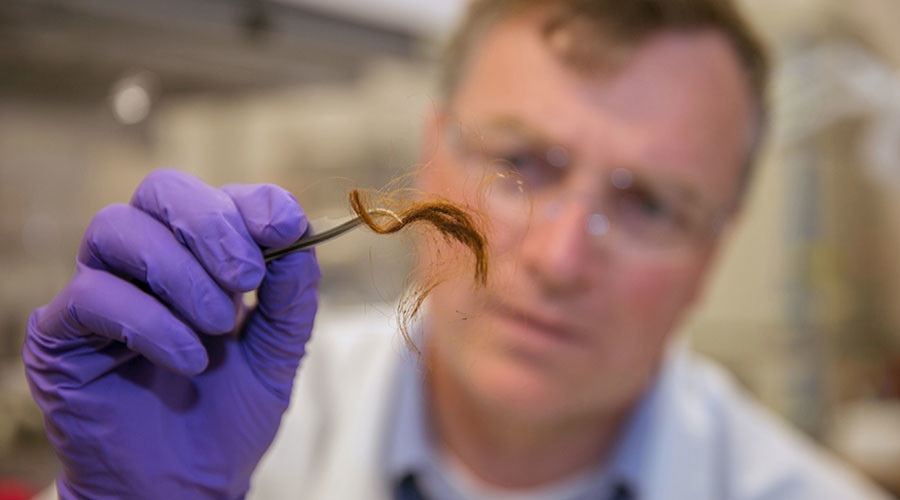-
Tips for becoming a good boxer - November 6, 2020
-
7 expert tips for making your hens night a memorable one - November 6, 2020
-
5 reasons to host your Christmas party on a cruise boat - November 6, 2020
-
What to do when you’re charged with a crime - November 6, 2020
-
Should you get one or multiple dogs? Here’s all you need to know - November 3, 2020
-
A Guide: How to Build Your Very Own Magic Mirror - February 14, 2019
-
Our Top Inspirational Baseball Stars - November 24, 2018
-
Five Tech Tools That Will Help You Turn Your Blog into a Business - November 24, 2018
-
How to Indulge on Vacation without Expanding Your Waist - November 9, 2018
-
5 Strategies for Businesses to Appeal to Today’s Increasingly Mobile-Crazed Customers - November 9, 2018
Humans May be Uniquely Identified by Proteins in Their Hair
Formed from amino-acids, they constitute the building blocks that make up our entire body and, while each individual, no matter how related, possesses varying proteins, they are still determined by DNA.
Advertisement
“Because protein is more abundant and more robust than DNA, this potentially opens up enormous avenues of research in bioarchaeology and forensic science that couldn’t have been tackled before”, said Andrew Wilson at the University of Bradford in England, who provided the old hair samples used to test the technique, to New Scientist. Their analysis proves hair proteins remain stable and identifiable over time.
Scientists from Lawrence Livermore National Laboratory (LLNL) and a Utah startup company have developed a first-ever biological identification method to use the information present in proteins of human hair.
“We are in a very similar place with protein-based identification to where Dna profiling was during the early days of its development”, said Brad Hart, director of the LLNL Forensic Science Centre.
That’s because DNA is susceptible to environmental and chemical processes and can degrade over time – protein is more stable.
DNA can be recovered from hair roots, but not that often. This further legitimizes the technique’s usefulness to forensic science.
That would be a big help to crime scene investigators and archaeologists and could one day end up dethroning the current go-to: DNA testing.
Biochemist Glendon Parker, an associate professor at Utah Valley University, invented the technique back in March of 2013, signaling the beginning of the research in earnest.
The accuracy of DNA profiling for crime detection thrived because an individual’s DNA is unique and different.
“For this to be used as a forensic tool, we need to accomplish two things: we need to reduce sample size to a single hair, and we need to nail down the biostatistics and determine the best way to apply the product-rule”, Parker said.
Parker’s team also had sample analysis of 76 living people of American, European and African origin.
The researchers are seeking to establish a set of 90-100 protein markers that would be sufficient to distinguish an individual among the world’s population using a single hair.
They have found a total of 185 hair protein markers to date, which they estimate would be sufficient to provide a unique pattern for an individual that could distinguish that person among a population of one million.
In an interview, Parker said it was awesome that genetically variant peptides in archaeological hair are still surviving despite the degradation.
Advertisement
The new protein identification is considered to be an important breakthrough in the forensic science community.




























